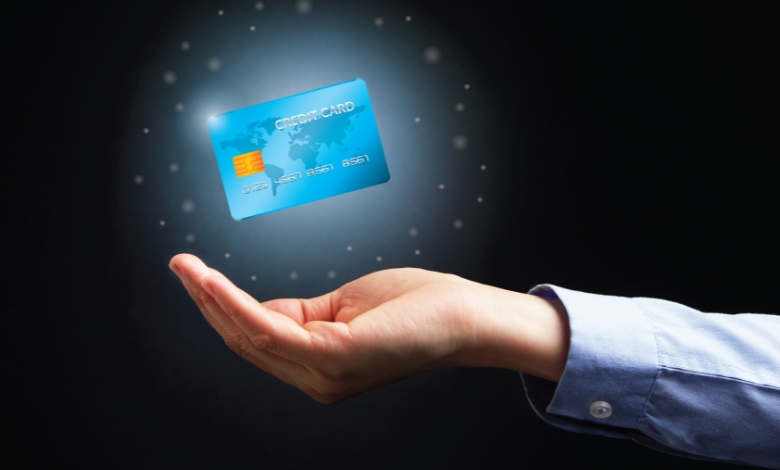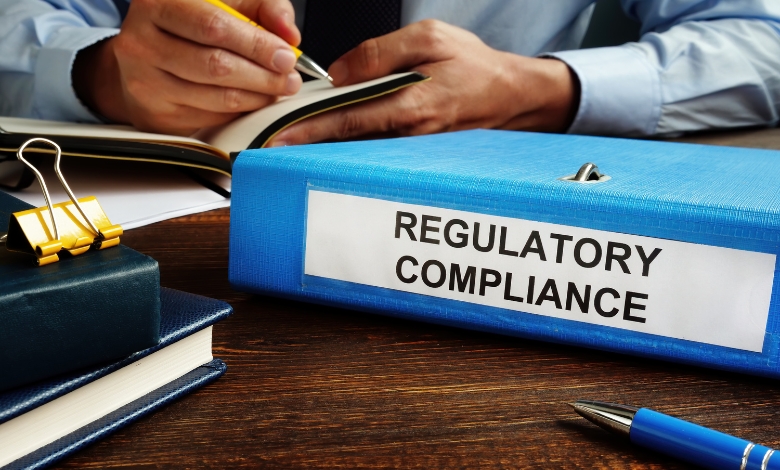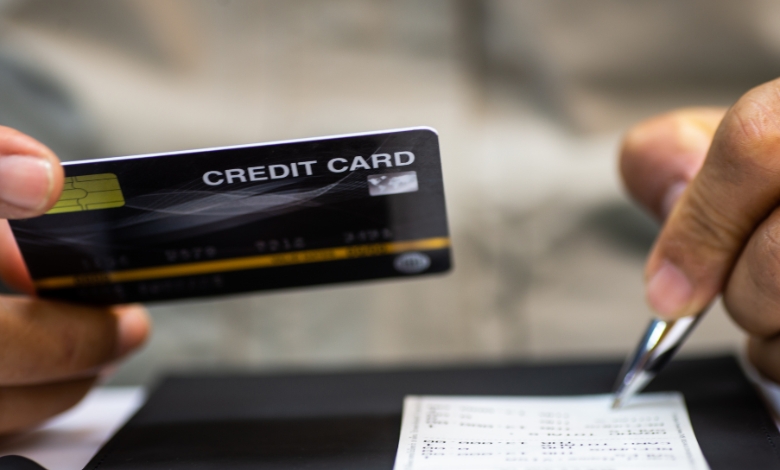Learn how to accept credit card payments, design efficient payment systems, maximize deductions, ensure compliance.
Learning how to handle credit card payments was one of the most frightening tasks I had to do 10 years ago when starting my own business.
Still, I vividly remember being intimidated by the sheer volume of options and the complex language when seated in my small office surrounded by stacks of paperwork and various pamphlets from payment processors.
Finding the ideal solution for my company needs appeared nearly impossible given the abundance of choices ranging from traditional banks to creative fintech companies.
Through many seminars with business leaders, countless hours of research, and trial and error, I overcame the intricacy of payment processing and found a system that not only scaled as my company grew but also ran faultlessly.
From the start, I just knew; along the road, I learned so much about customer ease, transaction fees, and security measures.
I would like to share all this hard learned knowledge with you.
This comprehensive tutorial tries to demystify the credit card payment process whether your objective is to improve your current payment system or you are just starting off.
Using my own experiences and acquired expertise over the years, we will cover everything from the basics to advanced tactics, providing you with the confidence and ability to make sensible decisions for your business.
Let’s dive in.
Article Breakdown
What are Credit Card Payments?

Knowing what credit cards are and how they work will benefit us later on when we go over the specifics of making credit card payments.
All told, a credit card payment is a financial transaction whereby a customer uses their credit card to pay for goods or services from a company. Customer bank account funds are transferred from one acquiring bank or merchant service provider to the company’s bank account.
Credit card payments allow users a convenient and safe way to make purchases without carrying large sums of money or writing checks. Taking credit card payments can enable businesses to increase general customer happiness and improve sales.
Knowing the current nature of credit card payments, let us look at the different components needed in managing them.
What is Credit Card Processing?

If you want credit card payments, you have to have a payment processor or merchant service provider (MSP) between your business and the customer’s bank. From fund transfers into your account to card information verification, the processor handles all aspects of the transaction.
The two primary types of processors are independent companies commonly known as fintechs (financial technology) and traditional banks. Every has advantages and disadvantages; so, it is recommended to do research and choose the best fit for your business.
Though they charge more, conventional banks give security and familiarity. Conversely, fintechs may not be as well-known or trusted but generally have lower fees, more flexibility, and creative tools. Before you commit to a supplier, be sure to compare rates and services since payment processing can significantly impact your bottom line.
Among the most often paid fees are:
- A percentage of every transaction—known as interchange or discount rate
- A set transaction cost per unit
- Monthly or annual membership costs
Taking credit card payments calls for a number of big players:
- Merchant: Someone managing a business providing goods or services.
- Customer: The person credit card-based goods or service buyer is.
- Acquiring Bank: The bank handling merchant credit card payments.
- Issuing Bank: The bank that issued the consumer’s credit card.
- Payment Processor: The company running the transaction between the acquiring bank and the merchant.
1) Creating a Credit Card Processing System

Setting up your credit card processing system calls for several stages once you have chosen a payment processor:
Start Credit Card Payments Using These Instructions:
- Choose a Processor for Payments: Open a Merchant Account and look at and select a payment processor with reasonable fees and dependability. Made for credit card payment acceptance, a merchant account is a type of commercial bank account.
- Establish a Payment Gateway: Without an online payment gateway, e-commerce businesses cannot carry safe transactions.
- Combine Point-of-Sale (POS) Technologies: Add credit card transaction handling POS systems to physical businesses.
- Confirm PCI Compliance: Use the Payment Card Industry Data Security Standard (PCI DSS) to safeguard consumer information.
Online Against In-Person Sales
As you create your credit card processing system, you really need to consider the type of transactions you will be handling. Online and in-person transactions need different criteria, so you should choose a payment processor able to manage both. In-person transactions rely on POS systems or card readers; online purchases call for a payment gateway. Also crucial is ensuring your system is safe and meets PCI compliance standards for both types of transactions.
2) Write-off and Tax Deduction for Business Expenses

Though many of the fees and expenses associated with credit card acceptance are tax-deductible for businesses, generally they are still somewhat costly. Using write-offs and deductions will not only provide consumers with a useful payment option but also enable you to lower your financial load. Some recurring expenses suitable for tax deductions are:
Suitable Expenditure
Knowing which costs qualify for tax deductions will help you maximize your returns as a business owner. Typical deductible expenses are for:
- Office Supplies: Pens, paper, and other consumables.
- Rent: Fees pertaining to leasing office space.
- Utilities: Water, internet, and electricity.
- Staff Pay and Benefits: Paid staff members compensation.
- Marketing and Advertising: Costs related to expansion of your business.
In Search of Deductions
Claiming these deductions will depend on keeping careful records of all business-related costs. Using accounting tools, track costs to produce tax season reports. See a tax adviser to be sure you are making use of all the possible deductions.
Write-off Policies Specifically Related to Credit Card Processing
Businesses can write off credit card processing-related expenses including:
- Transaction Fees: Charges the payment processing generates each transaction.
- Monthly Fees: For maintaining an open merchant account.
- Chargeback Fees: Paid in response to consumer objections to a transaction.
3) Choosing Equipment and Financial Services Tailored for Small Businesses

Small business owner financial management calls for a lot of tools and services right now. Good administration of your business depends on your selection of suitable tools and financial services. These tools streamline procedures, improve cash flow, and ensure accurate financial reporting.
Essential Financial Instruments and Services
For small businesses, some essential financial instruments and services consist of:
- Accountable Software Program: QuickBooks, Xero, and FreshBooks abound in complete tools for bookkeeping, invoicing, and financial reporting.
- Expense Tracking Apps: Apps such as Expensify and Receipt Bank simplify tracking and categorizing of expenses.
- Payroll Services: Offerings of Gusto and ADP are automated payroll processing and tax filing.
- Invoicing Tools: Tools for creating and delivering invoices from Invoice2go and Zoho help to be efficient.
Analyzing Financial Services
Evaluating financial services should make you consider the following:
- Budget: Look over pricing policies to determine if the instrument fits your income level.
- Scalability: Make sure the tool grows out of your business.
- Ease of Use: Select basic tools for which understanding of use is minimal.
- Compatibility: Choose services that complement your present systems rather perfectly.
4) Making Payment Systems Better for Small and Medium-sized Businesses (SMEs)

A small or medium company’s payment systems must be optimized to ensure efficient operations and client satisfaction. These guidelines apply to SMEs optimizing their payment systems:
Enhancing Payment Approaches
Maximizing your payment possibilities can help your client satisfaction and cash flow to be much enhanced. These suggestions help you to enhance your payment strategies:
- Offer Multiple Methods of Payment: Among other options give customers credit or debit cards, PayPal, and bank transfers.
- Send Regular Bills: Make automatic payments by creating repeated billing for subscription-based services.
- Apply Mobile Payment Solutions: Get paid via Apple Pay and Google Wallet’s mobile wallets.
- Simplify the Checkout Process: Simplify and speed your checkout process to reduce cart abandonment.
Employing Technology
Leverage technology to maximize available payment methods:
- Automate Invoicing: Create and send to clients automatically produced invoices.
- Real-time Payment Tracking: Use tools offering real-time payment tracking.
- Security Measures: Use two-factor authentication and encryption among security procedures to guard purchases.
5) Legal Concerns and Compliance for Solutions in Business Technology

While selecting tools and financial services for your business, legal and regulatory criteria should be quite crucial. Ignoring regulations could cause major fines and damage to your name. Here are some notable characteristics:
Guidelines of Importance
- PCI DSS: Make that your payment card industry data security standard-following systems process payments.
- GDPR: Whether you deal with EU personal data, follow the General Data Protection Regulation, GDPR.
- HIPAA: Make sure businesses handling medical records apply the Health Insurance Portability and Accountability Act.
Keeping Up Current Status
To stay informed on legislation changes, subscribe to industry newsletters, visit webinars, and contact attorneys. Frequent review and update of your compliance policies will help them to match evolving criteria.
6) Making Customer Payments Easier

Retention of customers and satisfaction depend mostly on efficient payment mechanisms. These methods streamline customer transaction payment systems:
Simplifying the Payment Structure
Simplified payments enhance customer experience and generate return business. These techniques help to simplify numerous payment options:
- One-click Payments: Set on one-click payments for returning users.
- Guest Checkout: Let customers purchase without an account.
- Transparent Pricing: Show explicit pricing to avoid surprises at the register.
- Secure Payment Options: Give customers secure payment choices to inspire confidence.
Minimizing Opposition
Minimize the friction of the payment system by:
- Limited Form Fields: Just ask for absolutely necessary information at checkout.
- Multiple Shipping Choices: Providing many shipping choices will enable you to satisfy customer preferences.
- Improving Mobile Experience: Make sure your payment system performs best on mobile devices.
7) New Developments in Mobile Payment Systems for Small Businesses

Mobile payment technology has changed business practices, especially for small businesses. Given the growing frequency of cell phones and mobile wallets, several innovations in mobile payment systems should assist small companies:
- Near Field Communication (NFC): Allows contactless payments with wearables and cellphones.
- QR Code Scanning: Lets consumers quickly pay.
- Biometric Authentication: Use biometric authentication—that is, fingerprint or face recognition—for safe transactions.
Positive Aspects of Mobile Payments
Using mobile payment methods offers several benefits:
- Practical Payment Tool: Will boost sales.
- Customer Happiness: Simple and quick payments contribute to increased customer happiness.
- Lower Fees: Usually, mobile payments include fewer fees than more traditional methods of payment.
Using Mobile Payments
Apply mobile payment methods following these instructions:
- Select a Mobile Payment Agent: Search for one featuring the necessary tools.
- Ensure Compatibility: Make sure your present point of sale system links with the mobile payment system.
- Train Staff: Instruct your staff on mobile payment handling.
- Promote Mobile Payments: Tell customers via marketing campaigns that mobile payments are currently offered.
Final Thoughts
Modern business operations center largely on credit card payment acceptance. Following the recommendations in this book will assist you to design efficient payment systems, maximize tax deductions, choose the suitable financial tools, guarantee legal compliance, streamline consumer transactions, and apply innovations in mobile payment technology. These strategies will not only improve the profitability of your business but also enhance the complete client experience.
Frequently Asked Questions (FAQs)
1) How can a person accept a credit card payment?
One can take a credit card payment by opening a merchant account with a bank or payment processor, a point-of-sale (POS) system, or online payment gateways like PayPal, Stripe, or Square.
2) How can I accept payment by credit card?
To handle credit card payments, decide on a payment processor, open an account, and include their offerings into your business. One can achieve this via an e-commerce web gateway or a POS system for in-person transactions.
3) Can someone pay me with a credit card?
Yes, someone can pay you with a credit card if you have a structure in place to manage credit card transactions. A POS system, a mobile payment app, or an online payment gateway will all help one do this.
4) How do I allow customers to pay by credit card?
Establishing a merchant account with a payment processor, choosing a POS system or online payment gateway, and ensuring your business accepts credit card payments either in-person or online will enable customers to pay by credit card.



